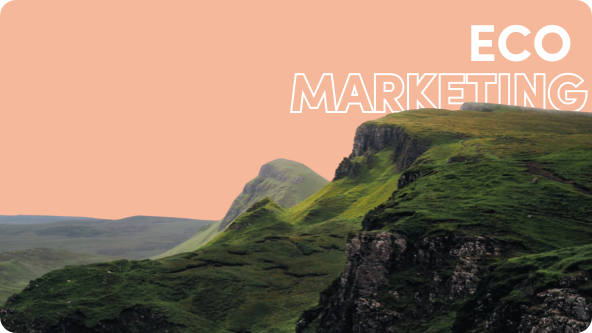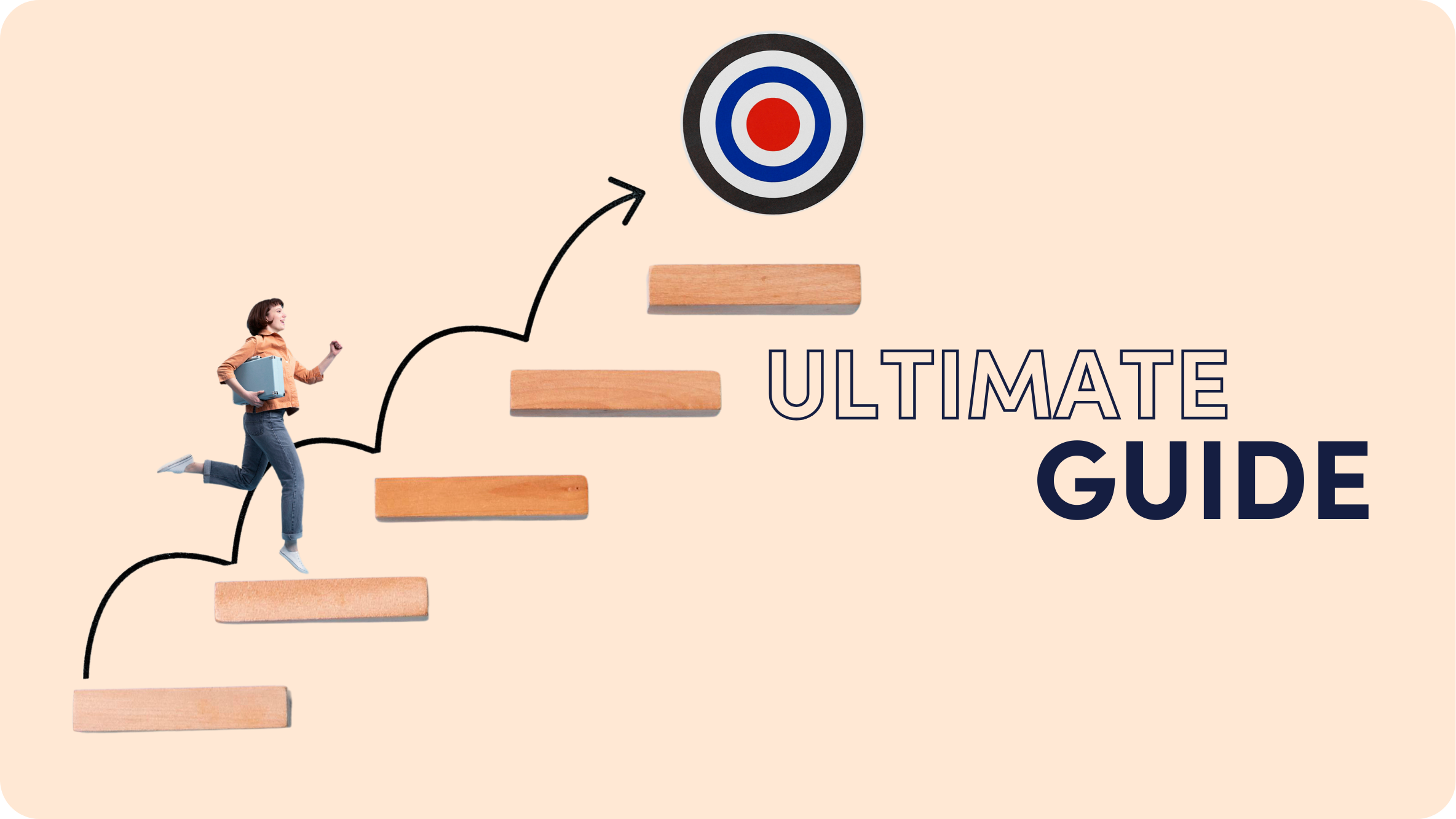Best Strategies for Demand Generation
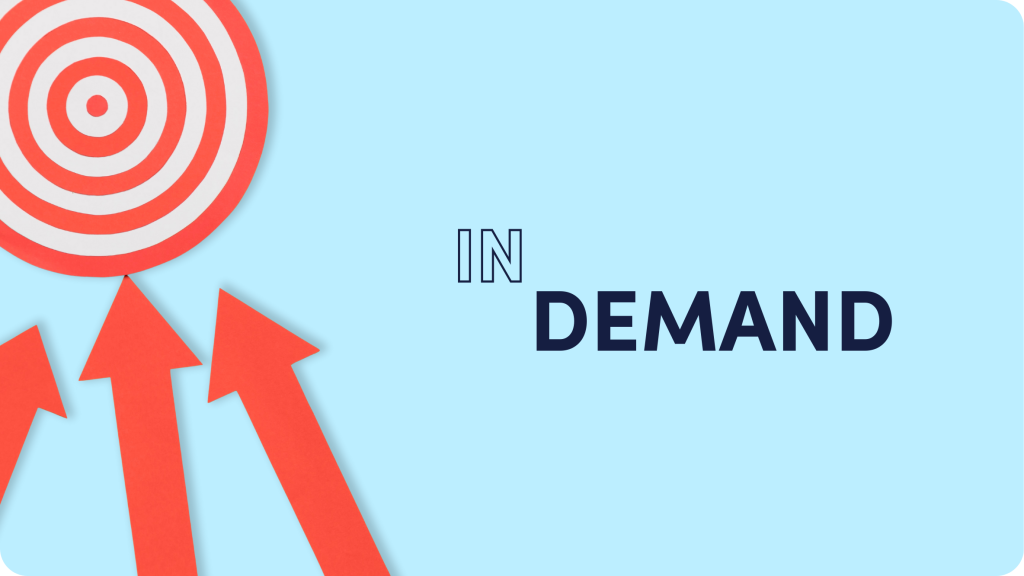
If you build it, they will come?
Not necessarily. And not if your online presence is lacking.
Twenty-three percent of people who can’t find a brick-and-mortar store online won’t bother to visit the store in person. Why? Because they can’t be sure the business has what they are looking for.
No matter how great your product or service is, you must take proactive measures to drive customers toward your business. If you don’t, you will be missing out on a large chunk of potential revenue.
How do you go about it? That’s exactly what we will show you in this post – how to create demand for your business with tried-and-tested demand generation strategies.
What is Demand Generation?
Demand generation is a marketing strategy that focuses on building awareness and interest around your brand or product, to create demand and bring in more customers and sales.
In terms of the marketing funnel, demand generation is a top-to-mid funnel activity. It does not necessarily involve capturing prospects’ data, although it might, especially in the B2B space. Rather, demand generation seeks to educate the target market about the product, demonstrate the brand as an authority and a strong player in the field, and thereby generate interest (“demand”) in whatever they are selling.
The more awareness and interest you can gear toward your brand, the more potential leads you can acquire down the funnel.
Demand Generation vs Lead Generation
As noted above, demand generation is an awareness strategy, sitting comfortably at the top end of the marketing funnel. Demand generation focuses on a broad audience, trying to build trust in the target market and draw in a large pool of potential customers to feed into the funnel.
Lead generation, on the other hand, is a bottom-funnel-focused activity. The goal of lead gen is to turn consumer interest into actual, quantifiable leads that can be individually nurtured toward the sale. Lead generation always includes a request for contact information or data from the prospect, which is used to further interact with the potential customer.
Demand generation vs lead generation focus on different parts of the customer journey, so they are also measured with different KPIs. The metrics for lead generation will include bottom-funnel and post-funnel metrics such as CPA (cost per acquisition), CVR (conversion rate), and CPL (cost per lead).
In contrast, demand generation includes top-funnel metrics such as CPM (cost per mille), brand mentions, video watch rates, website traffic, CTR (click-through rates), social media shares, and more.
8 Essential Demand Generation Strategies
Building demand in a competitive market is challenging, but not impossible. It requires a focused and strategic approach, so you can be sure you are investing your resources in the right audiences with the right marketing messages. Let’s take a look at the building blocks for demand generation strategies that every marketer should be using.
1. Know your audience and segment them accurately
To create a campaign that will spark interest and demand, you need to know your target audience inside and out.
Your audience’s pain points, preferences, habits, and behaviors are important markers for what they are looking for and what drives them. This knowledge will help you create campaigns that capture their attention or align with their needs.
For instance, new homeowners are often in the market for DIY tools and home decorating accessories. Owners of small city apartments are typically looking for different products than those who live in a two-story suburban home with a large garden. The former will be interested in compact, space saving storage solutions, and the latter will be in need of gardening equipment and fencing supplies. This illustrates how a large target audience can be split according to characteristics and needs.
This type of audience research is the first step in a demand generation strategy, as it will help you to build buyer personas and segment your audience into separate personas.
Buyer personas typically include a list of personality traits, the ideal job, location, age, and other relevant details. With this information, you can curate a strategy that will appeal specifically to them.
2. Content marketing campaigns
Providing valuable, relevant content is a key way to expose your market to your brand and products. What does “valuable and relevant” actually mean? Simple. It is any content that addresses their pain points, offers solutions, and – an added bonus – keeps them entertained, informed, or otherwise engaged.
It all gets back to the same core principle: focus on the needs and interests of your audience.
Consider the problems or challenges they are facing, and the information they are actively seeking, then position your brand as an authority and leader with content.
If your audience is a mathematical lot, curate the top statistics in a blog post or infographic. If your target audience is younger people, they are likely to prefer bite-size video content. For business professionals, long-form content, such as e-books or whitepapers, may do the trick. Check out this guide by SEMrush about the different types of content marketing that you can try.
3. SEO and SEM strategies
Where does most “demand” originate? On Google searches.
Think about it: when you are interested in perhaps buying a product, the first thing you do is search on Google for information, pricing, availability, recommendations, and more.
In fact, 44% of shopping journeys start with an online search, and 31% start with browsing websites and apps.
To create demand, you need visibility on SERPs (search engine results pages), and that means you need to rank. This is where SEO and SEM come into play.
SEO uses keyword research to optimize website content and help it rank higher for Google searches of those keywords. If you can get the top rankings on search pages, you will be drawing the attention of qualified visitors who are specifically looking for products and services in your niche – and that’s a great way to create demand.
Here’s an example of search results for the keyword: “5-star hotels in London cheap”
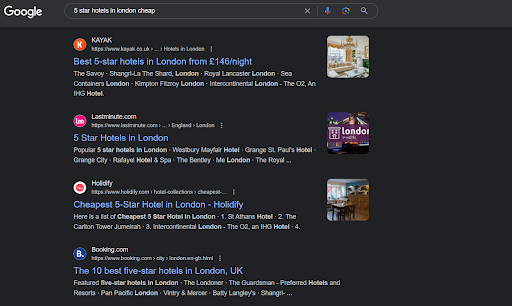
Statistically speaking, the top three results are going to get 50% to 60% of the clicks. However, SEO is highly competitive, and outperforming big brands for rankings and organic search traffic is not always realistic. That’s where SEM comes to the rescue.
SEM, or paid search ads, is a faster way to get your brand shown above even the first ranking on search results. Paid search marketing involves bidding for placements at the top of SERP pages based on search keywords. It is a good way to drive traffic quickly and complements the slower process of SEO. Of course, paid search ads require an ongoing budget, but you can track campaign performance and optimize your strategy to get better results in a short time span.
4. Native advertising
One of the challenges of generating demand is how to create interest and awareness without seeming pushy. Demand generation is a soft-sell process; it’s about nurturing the target audience and making them want to interact with your brand.
Native advertising is an excellent tool for demand generation because it is exactly the opposite of pushy and intrusive. Native ads are designed to blend in with the page in which they appear, so they don’t look or feel like ads. For example, native social ads that appear in a social feed are actually paid ads, however they look and feel like a social media post.
Outbrain ads are shown on the open web, on publisher sites like CNN and Daily Mail. Unlike display ads and banner ads that often cover up the content on the page (and must be closed by clicking on the X to actually read the article), native ads fit naturally and unobtrusively on the page. They don’t interrupt the user experience, they flow with it. That’s why native ads tend to perform better than display ads in terms of brand uplift and attention.
With native ads, businesses can target relevant audiences while they browse their favorite news and entertainment sites, and provide them with interesting content and information to build awareness, trust, and consumer demand.
GB News, a UK news channel, worked with Outbrain to create native ads in video and high-impact display format. These ads were strategically placed in between articles to capture attention and drive interest and engagement with the brand. The results were impressive: more views online and a 38% increase in revenue.
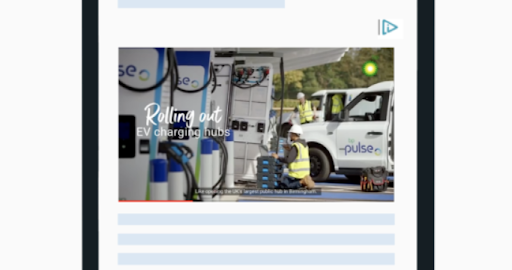
5. Social media engagement
There are two clear benefits of social media for marketers. Firstly, a huge proportion of the world is on social media, so the target market for your brand is waiting to be found. Secondly, social media is a channel that allows you to connect directly with your audience and customers, even on an individual level.
This presents endless opportunities to promote your brand, create buzz and interest around your offering, and boost demand among potential customers.
When you consistently post valuable content and interact with your audience on social media, you are building a strong presence and brand authority that will naturally translate to increased demand over time.
We recommend using social listening to better understand the needs of your social followers and tailor your content in a way that appeals to them.
Also paid social media ads help to further expand your reach and target ideal customers with faster results than organic social. So it’s a great tool for generating awareness and demand for your business.
6. Email marketing
Email marketing is an essential tool for demand generation, pretty much across all industries. In fact, nearly a third of businesses use email newsletters to nurture leads and build demand. With email marketing, you have the opportunity to deliver content to the target audience directly to their email. Considering that nearly three-quarters of consumers prefer email as their primary mode of communication with businesses, it is an opportunity not to be missed.
Here are some steps to use email effectively in a demand generation strategy:
- Target the right inboxes: Build a targeted email list through website signup forms offering valuable content like e-books or webinars.
- Craft compelling subject lines: Intrigue readers with concise, informative lines that spark curiosity and encourage opens.
- Offer educational content: Establish yourself as a thought leader by providing industry insights, case studies, or how-to guides relevant to your audience’s pain points.
- Personalize the experience: Segment your list and tailor content based on interests and buying stage. A welcome email for new subscribers will look different than an email nurturing a sales-ready lead.
- Include clear CTAs: Don’t leave your audience hanging. Tell them exactly what you want them to do next, whether it’s downloading a white paper, attending a demo, or contacting sales.
By implementing these tactics, you can turn cold contacts into warm leads and cultivate a pipeline ripe for conversion.
7. Customer advocacy
There is no greater asset for a business than happy customers.
Not only do happy customers come back again and again; they will also become advocates, recommending your brand to their friends, family, and colleagues, and spreading the word to wider audiences on social media. Word-of-mouth is one of the oldest forms of demand generation – even before the internet and digital advertising – and it still works. In fact, 38% of millennial customers cited word-of-mouth advertising as the way they found a business.
Start by making customers happy! Cultivate a strong relationship with your clients by offering them excellent services and engagement when they interact with your brand. Encourage positive reviews and interactions on social media through challenges, polls, or incentives.
Also ask them to post reviews on popular review sites in your industry, like Trustpilot, G2, and Capterra for tech products, and eBay, Amazon, Yelp, and other consumer sites. Leverage testimonials and case studies to create customer success stories. Then use these stories as social proof for your leads and future clients.
Another key tactic for demand generation is user generated content (UGC). Happy customers are likely to create content around your brand or product, and post it on Instagram or TikTok. Even a positive comment on social media is a form of UGC! Make sure to share these, tag the posters, and get more exposure for this valuable advocacy content.
8. Data-driven optimization
Data is the most important strategy for demand generation because it helps you know what to optimize. You can tell what’s working and what isn’t, so you know where to pick up the slack and where to double-down.
As demand generation is a top-to-mid-funnel strategy, you need to track the right metrics. Find out more about top-funnel metrics here.
Start by tracking basic metrics like website traffic, click-through rates, and time on page. Which videos are people watching the most on your website or YouTube channel? What sentiments can you gather from social listening?
Run A/B tests on ad headlines, copy, graphics, and email subject lines to see what resonates best with your audience. From your insights, you can constantly improve your campaign performance, refine your demand generation strategy, and maximize your investments.
Drive Demand, Drive More Business
Ultimately, getting conversions is the name of the game. Whether its purchases, downloads, or completing a contact form, your demand generation efforts are working towards this goal. However, demand generation is a slow burn. Building awareness and interest in your brand takes time. The sooner you kickoff your demand generation strategy, the sooner you can drive potential customers into your marketing funnel and nurture them towards conversion. Why wait? Dive into the tactics above and start generating demand right now.









